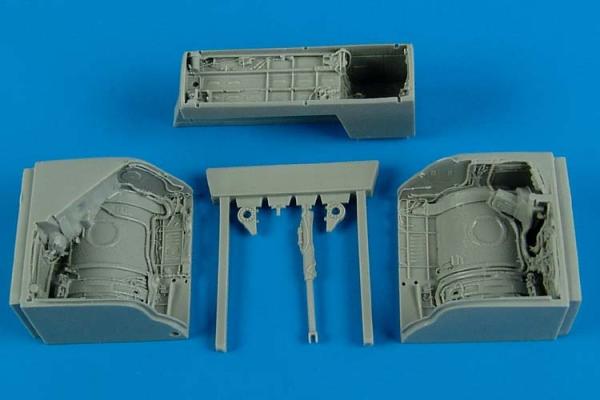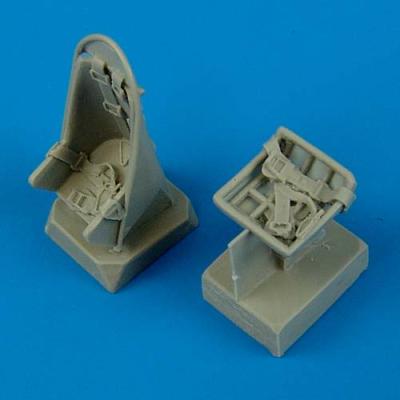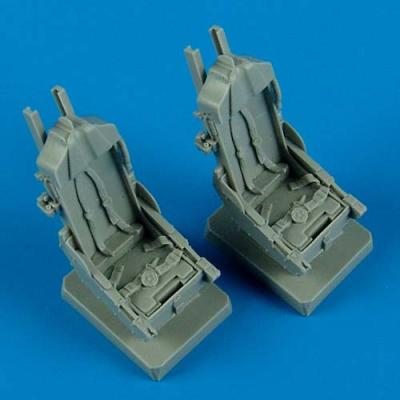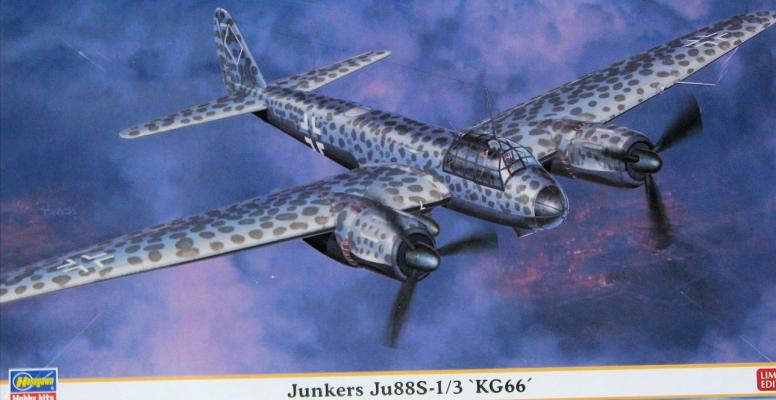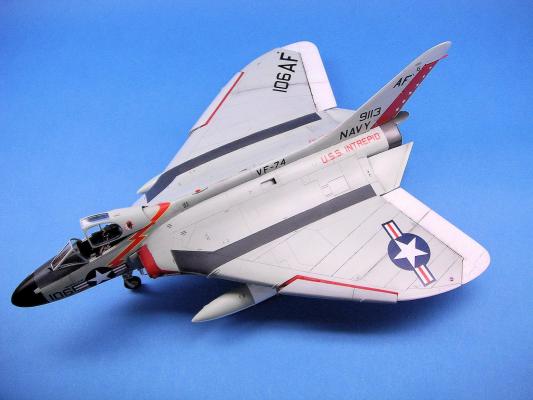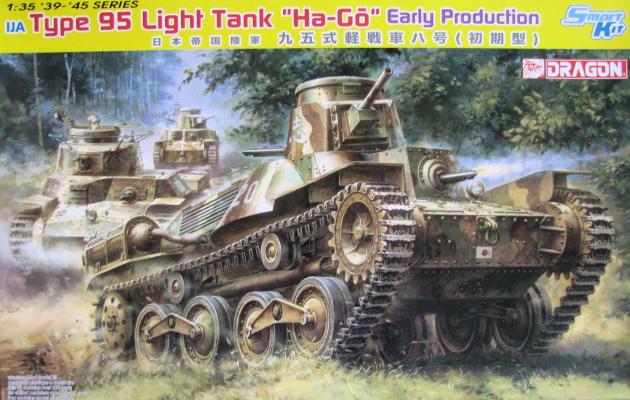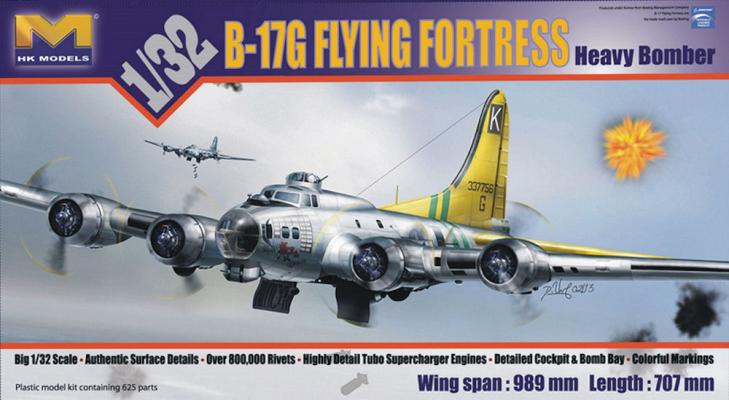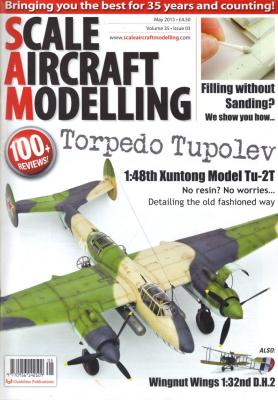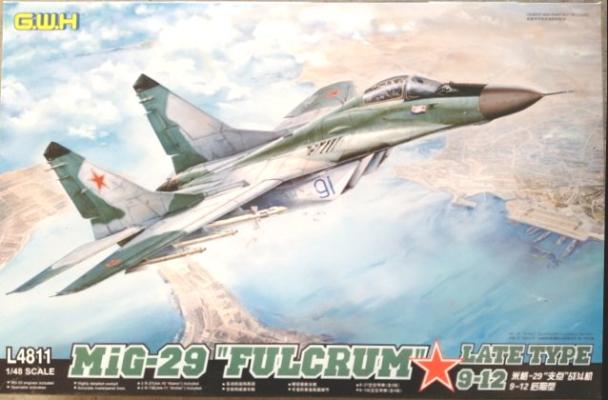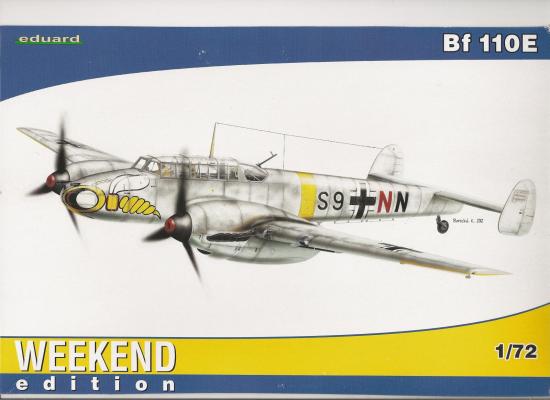The Trumpeter Mig-23M and MF kits in 1/48 finally give the modeler an alternative to the Esci Mig-23/27 family of kits. While it has its own issues, the Trumpeter kit renders the other one obsolete. One problem with the Trumpeter kit are the main wheel wells. Trumpeter’s wells are under detailed and worse yet are symmetrical from port to starboard. This is not the case with the Mig-23; the wheel wells are quite different from one side to the other. Aires has crafted a solution!
Reviews
Hasegawa's 1/48th scale kit of the Stuka is a gem with great fit and detail and there are several aftermarket parts available for it. One thing that is lacking in the basic kit is seats with belts. Quickboost latest issue has that covered and is a two piece set with the pilots seats and gunners seat as separate parts. The parts are Quickboost's excellent, bubble and flash free gray resin. To use the parts is simple, cut the mold block off of each and sand.
I want to address the two parts individually. The attached photos of the pilot seat show the enormous improvement that the Quickboost seat is with its corrected shape, seat belts and much finer detail. in a word, the kit part is wrong and Quickboost fixes it in spades.
The gunners seat has the seat belts and the open structure. When compared to the kit seat (which I have already added PE seat belts too), the parts are pretty close for either. The Quickboost parts does have the belts so a slight edge to it.
AFV surprised a lot of people with a aircraft release as they normally do military vehicles. The f-5E/F series us superb and has all the needed detail for a great build. As with a lot of kits, the one thing they have trouble replicating is the ejection seat. Quickboost to the rescue with two sets of seats. one is for the single seat F-5e and one set for the two seat F-5F. The seats are the same in both sets which is why I combined the review. The casting quality is all the we have come to expect with no flash, zero bubbles and that nice firm dark gray resin.
The comparison in the photo of the kit seat versus the Quickboost show just how much better the Quickboost seat is and it includes all the belts. The addition to the kit is simple, cut of the casting block, paint the seat and install it. Also shown in the pictures is a shot of the Quickboost seat in the cockpit of the kit- fit is perfect.
History
The Ju88 was first flown in 1936 and remained in production until the end of the war (or as factories were overrun). Probably the most versatile aircraft flown by the Luftwaffe in WWII as it was used as a level bomber, dive bomber, torpedo bomber, reconnaissance, photo reconnaissance, day fighter, night fighter, pathfinder, pilotless missiles… (You get the picture). The Ju 88S version was developed to be a high speed, low drag bomber. Due to increasing armor and armament, the idea of a ‘Schnellbomber’ that could evade or make interception a tough thing to do was becoming a problem for the Ju 88s by the summer of 1942. The S version used an A-4 airframe as a starting point that was aerodynamically refined and was first flown in 1942. The refinements included deletion of the ventral gondola, a smoothly rounded Plexiglas nose and reducing the armoring. Also the defensive armament was reduced to 1 MG 131 firing aft.
After Dave Morrissette performed his construction magic, he returned the subject to me for paint, decals and find assembly. I cannot say enough about the quality of this kit and it’s all there. The only items used other than kit supplied were “Remove Before Flight” ribbons and intake covers.
As to paint, I wet sanded the entire model with 600 wet sand paper followed by Alclad II grey primer with microfillers. I was concerned that the primer might fill the exquisitely engraved panel lines, but not so. They took a brown/grey acrylic wash perfectly. The underside white used was Tamiya gloss white, decanted and sprayed through a Paasche “H” model airbrush at 12 lbs pressure. This dries quickly to a high gloss in about 30 to 45 minutes. The light gull grey used on the topside was Floquil S.P. Lettering Grey, a perfect match for the Gull Grey.
History
Production for the Type 95 began in 1936, and was first introduced in combat in 1937. The type 95 was a small, light tank weighing in at 7 tons and having a crew of 3. It was armed with a 37mm main gun augmented by 2 Type 97 light machine guns. The early version was powered by an 110hp Mitsubishi diesel engine for a top speed of 25mph (road) and was later replaced by a 120hp Mitsubishi NVD 6120 diesel that brought the speed up to 28mph. The Type 95 was obsolete by 1941 but soldiered on till the end of the war being used mainly in banzai charges or dug in as pill boxes. It was a good tank in the 30s but should have been replaced by 1941. There are at least 11 Type 95 survivors in the world today with 1 that is operational.
Thank you to Mr. Neil Yan of HK Models and the IPMS Reviewer Corps for the opportunity to review a wonderful new model release in large-scale aircraft. This final installment will describe the surprisingly quick last steps, and my thoughts and conclusions about this great kit.
The May issue's Cover article features the new Xuntong Tu-2T in 48th scale. This feature article serves as an excellent resourse for those planning to build the Tu-2T. Author and builder Marco Preto presents an in-depth review of Xuntong’s first release. Marco’s workmanship and skill are evident in the text and accompanying images. The article is a “must read” for anyone who wishes to build the Tu-2T.
This issue of SAM contains a “Feature Build” article and this particular article features the Wingnut Wings DH-2. Dai Williams does a fantastic job building up the WNW kit, sharing his techniques for shading and achieving a “translucent rib effect”. Being a fan of Wingnut Wings kits, and having one on the workbench at this time, I found Dai’s article timely and very useful.
As is the case in each issue of SAM, there are a number of “Compact Build Reviews”. In this issue there six CBRs.
Products in this review are:
Great Wall Hobby Mig-29 and Scale Aircraft Conversions (SAC) Landing gear for the GWH Mig-29 found at scaleaircraftconversions.com . Landing gear are available for $16.95, # 48213
History
The Messerschmitt BF-110 has received a lot of bad press in recent years, mainly because it was not able to contend with comtemporary RAF fighters during the battle of Britain. However, following the Battle of Britain, the type continued in production, and actually was quite successful in the close support role, especially against the Russians, and later, with more powerful engines as the “Gustav” model, as a night fighter it was very useful against RAF night bombers.

